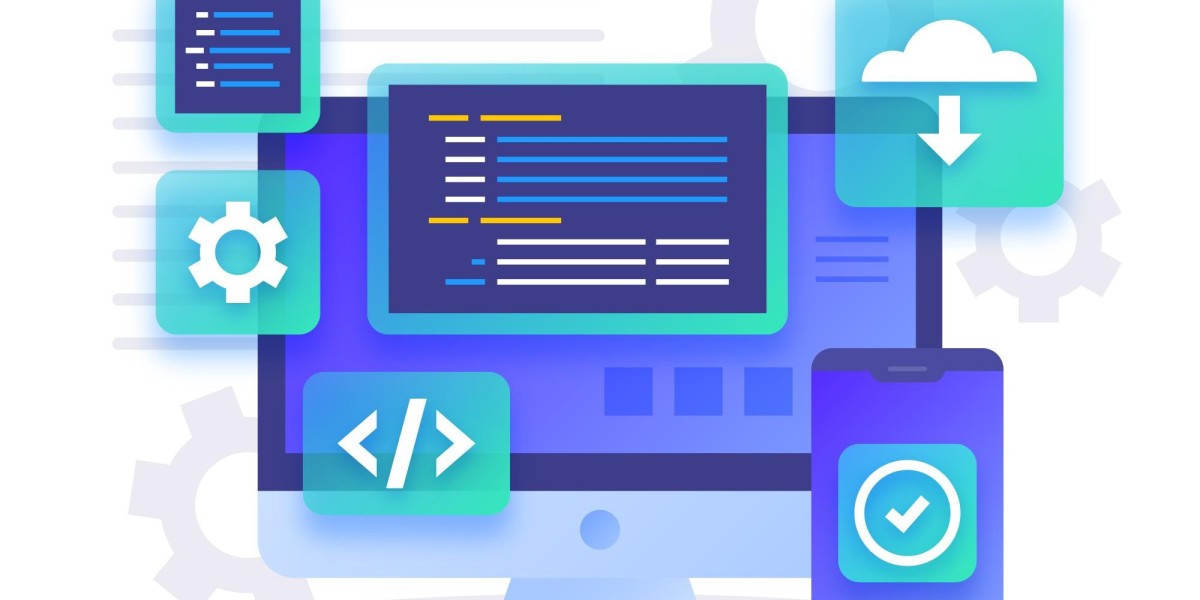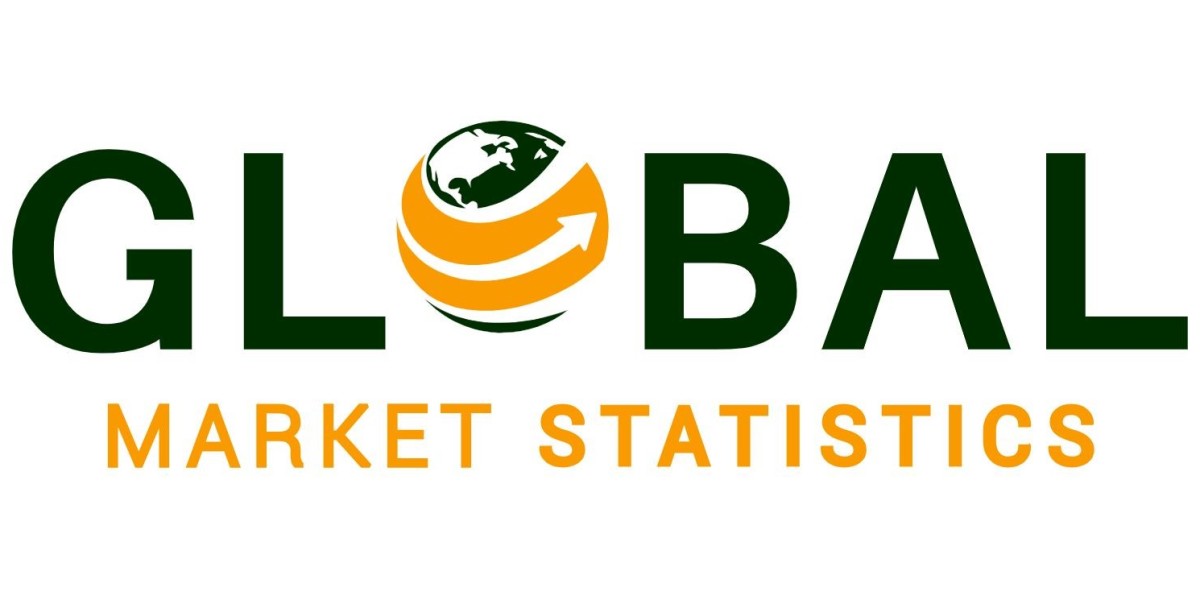IoT in manufacturing involves the use of connected devices, sensors, and systems to collect and analyze data throughout the production process. These devices communicate with each other, enabling real-time monitoring and decision-making. The primary benefits of IoT in manufacturing include increased efficiency, reduced downtime, and enhanced product quality.
Key Technology Trends for the Future
1. Artificial Intelligence and Machine Learning
Artificial Intelligence (AI) and Machine Learning (ML) are becoming integral components of IoT in manufacturing. These technologies enable predictive maintenance, allowing manufacturers to anticipate equipment failures before they occur. By analyzing data from IoT devices, AI and ML algorithms can identify patterns and trends, optimizing production processes and reducing operational costs.
2. 5G Connectivity
The deployment of 5G networks is set to revolutionize IoT in manufacturing. With its high-speed, low-latency capabilities, 5G will facilitate real-time communication between devices, enhancing the efficiency of smart factories. This improved connectivity will enable manufacturers to implement advanced automation and remote monitoring solutions, further streamlining operations.
3. Edge Computing
Edge computing is another significant trend in IoT for manufacturing. By processing data closer to the source, edge computing reduces latency and bandwidth usage. This technology allows for faster decision-making and improves the reliability of IoT systems. Manufacturers can leverage edge computing to enhance predictive maintenance, quality control, and supply chain management.
4. Digital Twins
Digital twins are virtual replicas of physical assets, processes, or systems. They enable manufacturers to simulate, analyze, and optimize their operations in a virtual environment. IoT devices provide real-time data to digital twins, allowing manufacturers to monitor performance, predict failures, and implement corrective actions. This technology trend is particularly useful for complex manufacturing processes and large-scale production.
5. Blockchain Technology
Blockchain technology is gaining traction in the manufacturing industry due to its potential to enhance transparency and security. By providing a decentralized and immutable ledger, blockchain can improve supply chain traceability and reduce the risk of counterfeit products. IoT devices can feed data into blockchain systems, ensuring the integrity and authenticity of manufacturing processes and products.
The Impact of IoT on Manufacturing Operations
The adoption of IoT in manufacturing is leading to significant improvements in various aspects of operations:
- Predictive Maintenance: IoT devices monitor equipment health and predict maintenance needs, reducing downtime and extending the lifespan of machinery.
- Quality Control: Real-time data from IoT sensors enables manufacturers to detect defects and ensure product quality, minimizing waste and rework.
- Supply Chain Optimization: IoT solutions enhance visibility and coordination across the supply chain, improving inventory management and reducing lead times.
- Energy Efficiency: IoT systems monitor energy consumption and identify opportunities for optimization, helping manufacturers reduce their carbon footprint and operational costs.
Challenges and Considerations
While the benefits of IoT in manufacturing are substantial, there are several challenges to consider:
- Data Security and Privacy: The proliferation of connected devices increases the risk of cyberattacks. Manufacturers must implement robust security measures to protect sensitive data.
- Interoperability: Integrating IoT devices from different vendors can be challenging. Standardization and compatibility are crucial for seamless communication and data exchange.
- Cost and Complexity: Implementing IoT solutions can be expensive and complex. Manufacturers need to carefully assess the return on investment and ensure they have the necessary expertise to manage IoT systems.
Conclusion
The future of IoT in manufacturing is bright, with numerous technology trends shaping the industry. As manufacturers continue to adopt IoT solutions, they can expect enhanced efficiency, improved product quality, and reduced operational costs. By staying abreast of these technology trends for future, manufacturers can remain competitive and drive innovation in the ever-evolving landscape of smart manufacturing.



